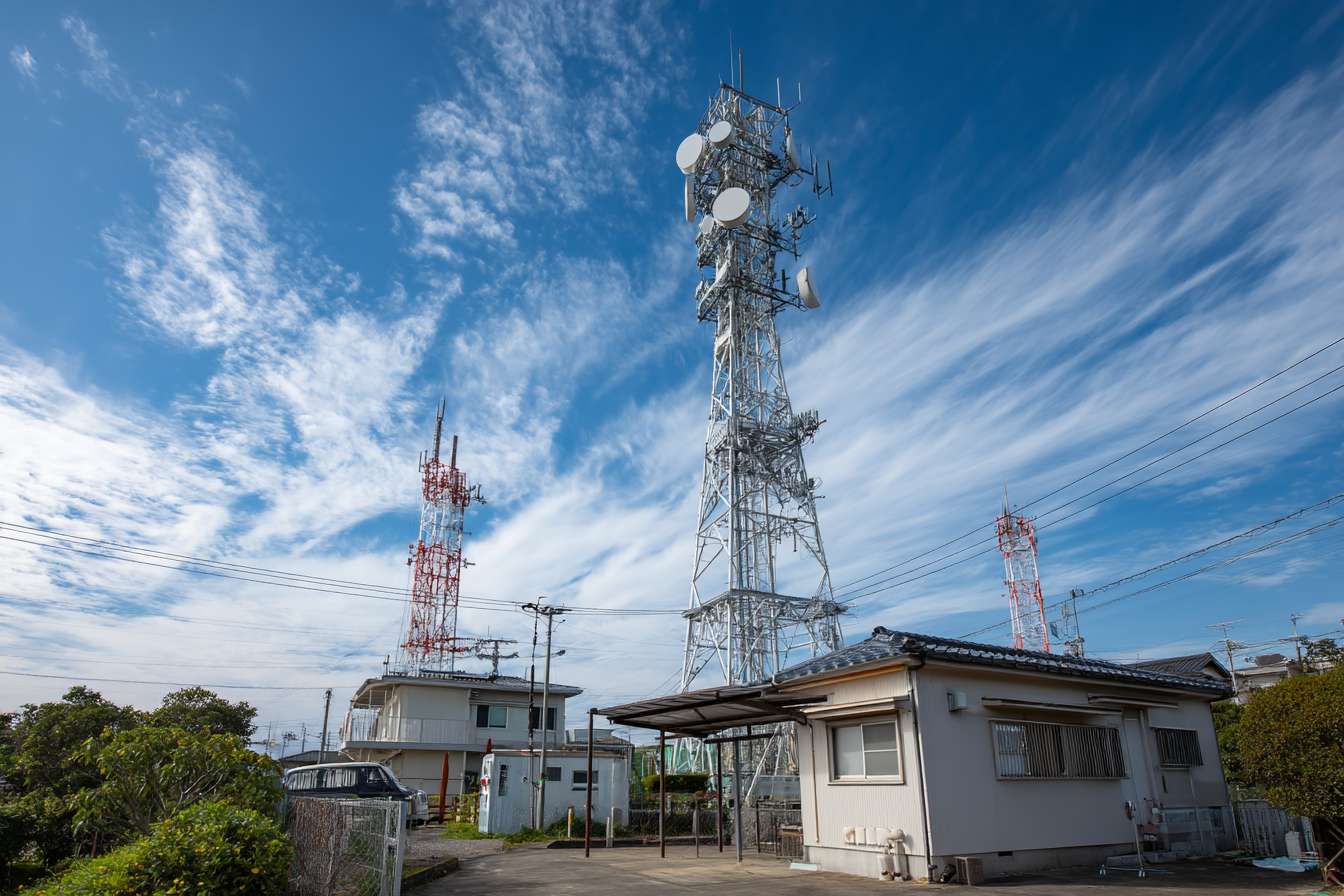Telecom Resilience: Fortifying Networks Against Natural Disasters
In an era where connectivity is paramount, the vulnerability of telecommunications infrastructure to natural disasters poses significant challenges. From hurricanes to earthquakes, the increasing frequency and intensity of extreme weather events underscore the need for robust, resilient networks. This article delves into the evolving strategies and technologies employed by the telecom industry to safeguard critical communications during times of crisis, ensuring that lifelines remain intact when they're needed most.

Lessons from Past Calamities
Historical events have provided sobering lessons on the importance of network resilience. Hurricane Katrina in 2005 devastated communication networks across the Gulf Coast, hampering rescue efforts and leaving thousands without means to contact loved ones or emergency services. Similarly, the 2011 Tōhoku earthquake and tsunami in Japan knocked out critical infrastructure, underscoring the vulnerability of even highly advanced telecom networks to nature’s fury. These events catalyzed a shift in industry thinking, prompting telecommunications providers to reevaluate and reinforce their disaster preparedness strategies.
Architectural Innovations for Disaster-Proof Networks
The telecom industry has responded to these challenges with innovative architectural solutions designed to withstand the forces of nature. One key approach involves the development of modular, rapidly deployable network components. These units can be quickly mobilized to restore connectivity in disaster-stricken areas, bypassing damaged infrastructure. Additionally, the implementation of redundant routing and diversified network pathways ensures that if one connection is severed, data can still flow through alternative channels.
Hardening Infrastructure Against the Elements
Physical fortification of telecom infrastructure plays a crucial role in disaster resilience. This includes reinforcing cell towers to withstand high winds, elevating critical equipment above flood levels, and implementing seismic isolation techniques for data centers in earthquake-prone regions. Moreover, the industry is increasingly adopting weatherproof materials and designs that can endure extreme temperatures, corrosive salt air, and other harsh environmental conditions.
Power Resilience: Keeping Networks Alive
One of the most significant vulnerabilities during natural disasters is power failure. To address this, telecom companies are investing heavily in backup power solutions. Advanced battery systems, fuel cell technology, and smart grid integration are being employed to ensure continuous operation even when the main power grid fails. Some providers are also exploring renewable energy sources like solar and wind to create self-sustaining network nodes that can operate independently during prolonged outages.
AI and Predictive Maintenance in Disaster Preparedness
Artificial intelligence is emerging as a powerful tool in predicting and mitigating the impact of natural disasters on telecom networks. Machine learning algorithms can analyze vast amounts of data from weather patterns, geological sensors, and network performance metrics to anticipate potential vulnerabilities. This predictive capability allows operators to proactively reinforce at-risk infrastructure or reroute network traffic before disaster strikes. AI-driven systems can also optimize network resources in real-time during crises, ensuring that limited bandwidth is allocated efficiently to critical communications.
The Role of Satellite Technology in Network Resilience
Satellite communications play an increasingly vital role in disaster resilience strategies. Unlike terrestrial infrastructure, satellite networks are largely immune to ground-based disruptions. Advanced satellite systems can provide backup connectivity when traditional networks fail, enabling emergency communications and facilitating rapid response efforts. The emergence of low Earth orbit (LEO) satellite constellations promises to further enhance this capability, offering lower latency and higher bandwidth options for disaster-affected areas.
Collaborative Efforts and Industry Standards
Enhancing telecom resilience in the face of natural disasters requires collaborative efforts across the industry and beyond. Telecommunications providers are working closely with government agencies, emergency services, and international organizations to develop comprehensive disaster response plans. Industry standards and best practices for network resilience are constantly evolving, informed by lessons learned from each new calamity. These collaborative initiatives aim to create a more coordinated, efficient response to natural disasters, minimizing downtime and maximizing the effectiveness of communication networks when they’re needed most.
The Future of Disaster-Resilient Telecommunications
As we look to the future, the convergence of multiple technologies promises to further enhance the resilience of telecommunications networks. From self-healing networks that can automatically reroute traffic around damaged nodes to advanced materials that can withstand extreme conditions, the industry is continuously innovating to stay ahead of nature’s challenges. The integration of emerging technologies like drones for rapid infrastructure assessment and repair, and blockchain for secure, decentralized communication networks, points to a future where telecom networks can not only withstand disasters but play a pivotal role in recovery efforts.
In conclusion, as natural disasters become more frequent and severe, the telecommunications industry’s focus on network resilience has never been more critical. Through a combination of innovative technologies, strategic planning, and collaborative efforts, the sector is working tirelessly to ensure that our vital communication lifelines remain intact, even in the face of nature’s most formidable challenges. The ongoing evolution of disaster-resilient telecommunications not only protects critical infrastructure but also saves lives, underscoring the profound importance of this work in our increasingly connected world.





